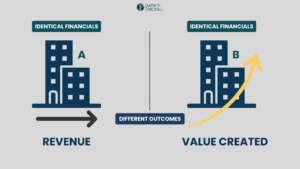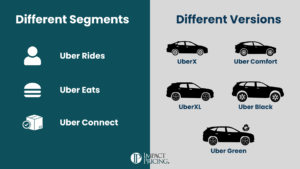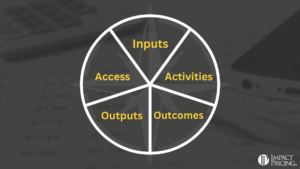You can listen to the full audio version of this blog we call — Blogcast.
Amazon is semi-copying a recent move by Netflix, but let’s dissect the brilliance.
Amazon Prime just announced they will be adding ads to their content. However, subscribers can still get ad-free content for an additional $3 monthly. Bloomberg estimates this will generate an additional $4.8 billion in revenue for Amazon. Not bad.
Let’s think about what they did more generically. They took away a feature from their base plan but then let customers pay to have that feature back. This generates additional profit in two ways: the profit from removing something and the profit from selling it back. Another similar example is when airlines started charging for checked luggage. (For my younger readers, checking luggage was part of the ticket price.)
With these two examples, let’s dive into how this increases profits. First, profit comes from the removal of a feature. In most cases, this means lower costs to serve customers. It costs airlines between 2 and 10 dollars to handle a checked bag. Each bag not checked reduces costs and, therefore, increases profits. This is probably the most common scenario, where removing a feature saves a company costs. In Amazon’s case, removing the ad-free feature means additional revenue (instead of lower costs) because they will sell ads. Bloomberg estimates this will generate $3 billion in ad sales for Amazon.
Second, profit comes from selling as an add-on the feature that was removed. Bloomberg expects Amazon to make about $1.8 billion in additional revenue from people paying $3 monthly not to watch ads. Similarly, airlines make about 3% of their total revenue from checked luggage fees.
What should you do with this knowledge? You probably cannot win an additional $5 billion, but you may be able to grow your profits using this tactic. Find a feature of your product that some people value and most don’t. The best candidates are ones with higher costs. Remove this feature from your base package without changing the price. That just lowered your costs. Then, charge for it as an add-on. That just increased your revenue. Yes, this is a price increase, but only for people who get more value from your product.
Where else have you seen this done effectively?
Share your comments on the LinkedIn post.
Now, go make an impact!
 Tags: pricing, pricing skills, pricing strategy, pricing value
Tags: pricing, pricing skills, pricing strategy, pricing value













